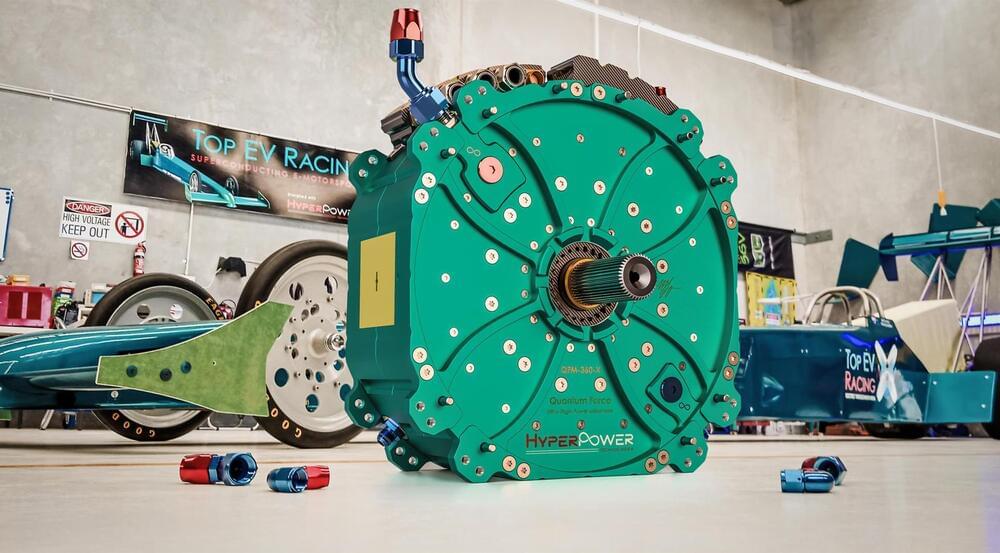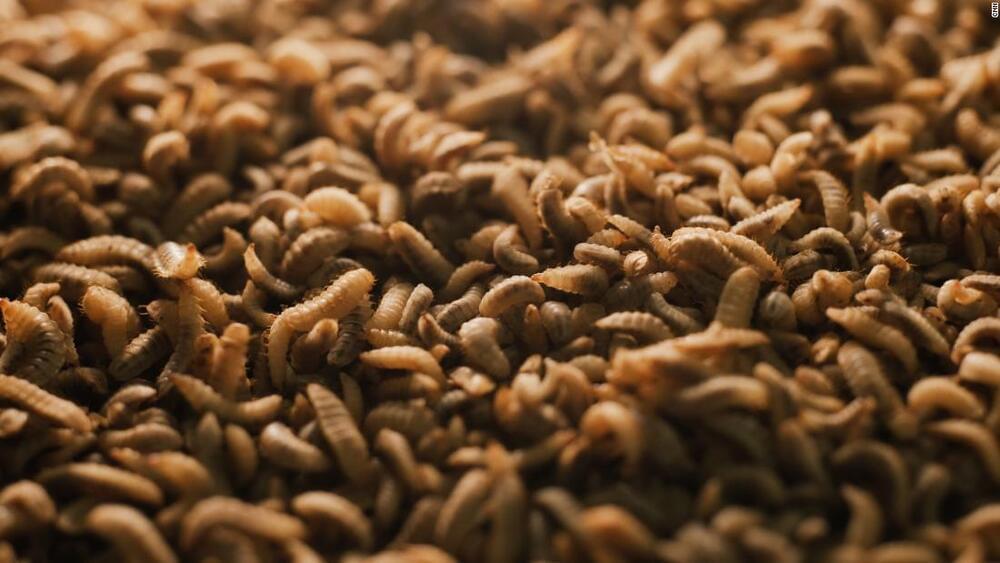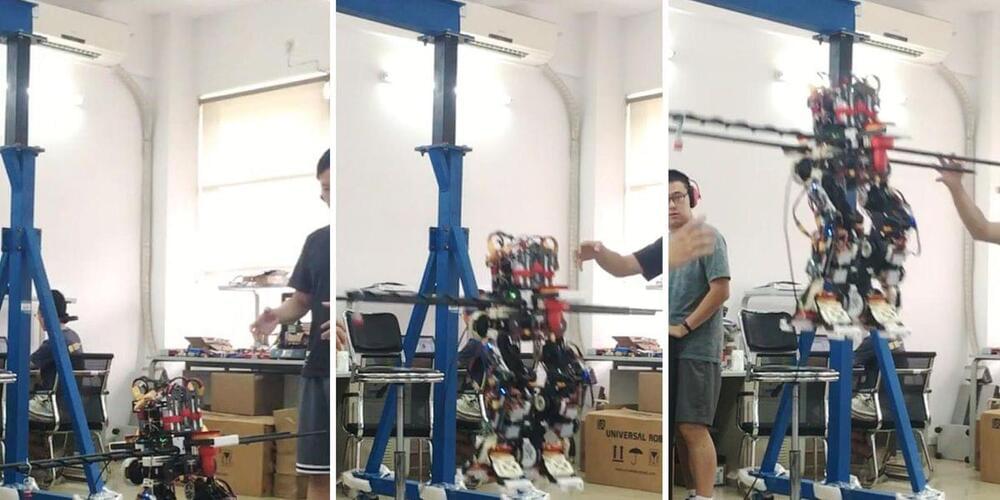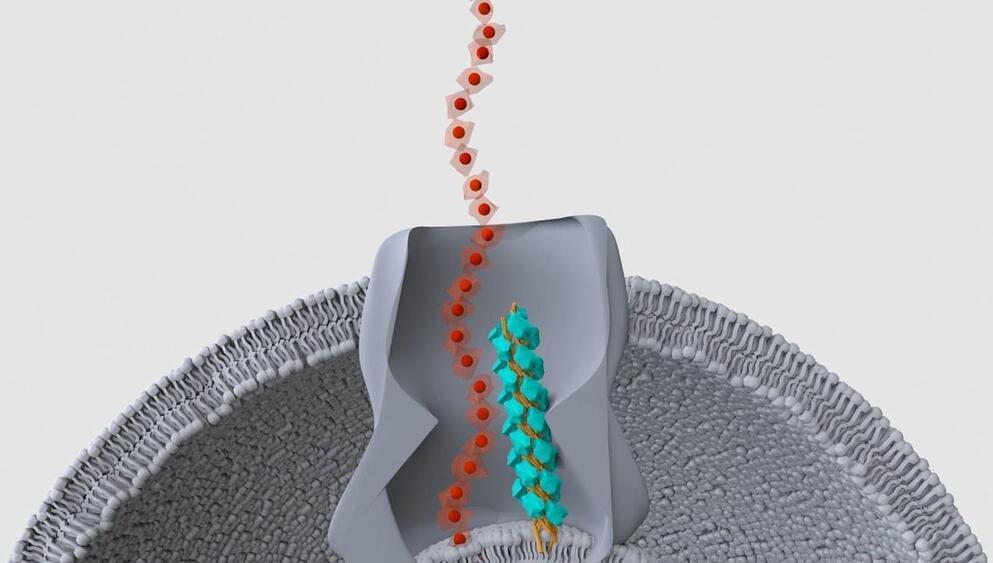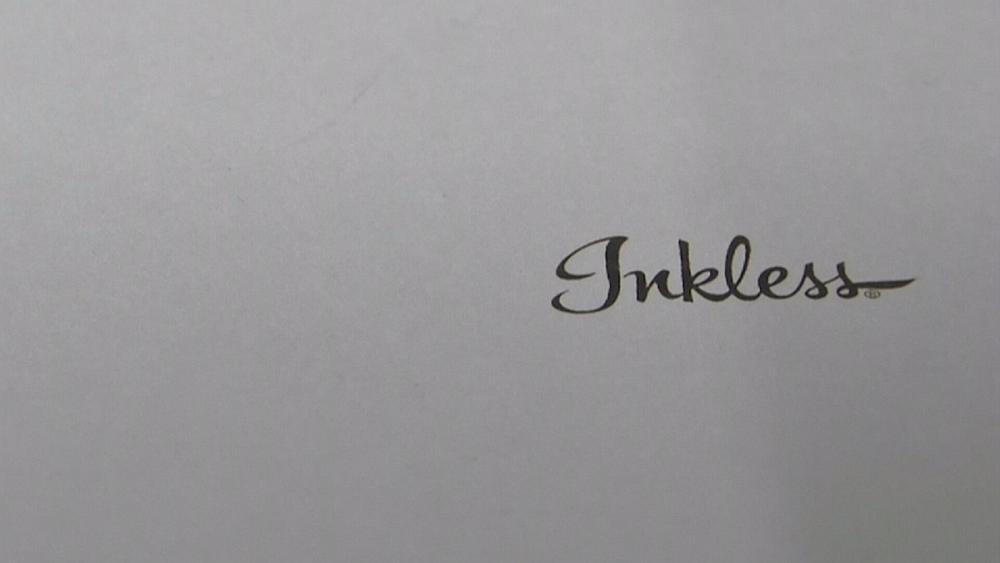Sep 1, 2021
Australian company unveils 1,340-horsepower electric motor for hypercar, hyperloop applications
Posted by Quinn Sena in categories: energy, transportation
An Australian company by the name of HyperPower Technologies has developed an electric motor that generates a mammoth 1,340 horsepower.
The electric motor, code-named the QFM-360-X, measures about 17 inches in diameter and is designed to be scalable. HyperPower said ten of them could be mounted on a common shaft to deliver 13,400 hp.
To demonstrate the performance, HyperPower teamed up with electric drag racers Top EV Racing and built a Top Fuel-style dragster powered by four of the motors for a combined output of 5,360 hp. Performance estimates for the electric beast include a 0–124 mph time of 0.8 seconds, a 0–330 mph time of 3.7 seconds, and a top speed of 380 mph.
